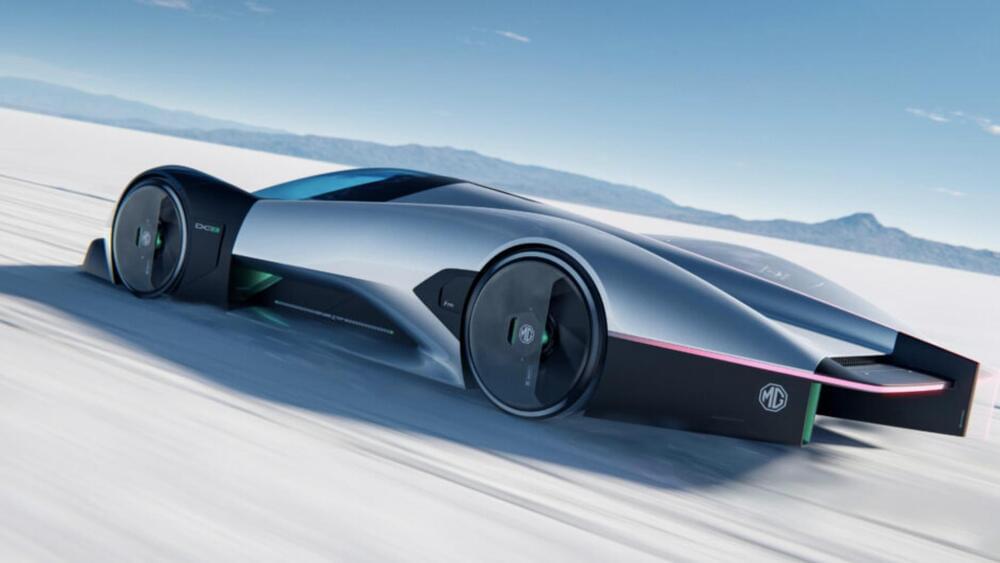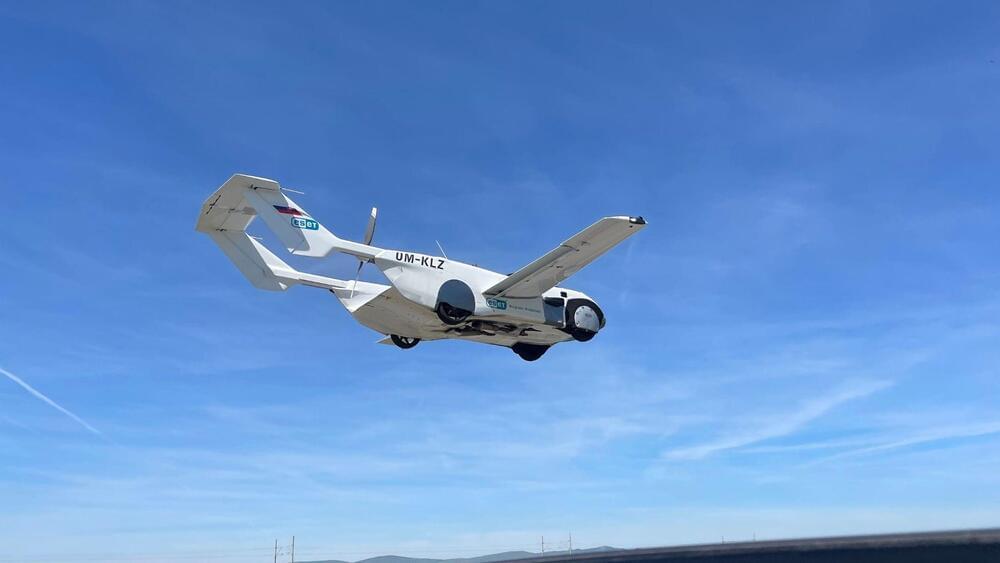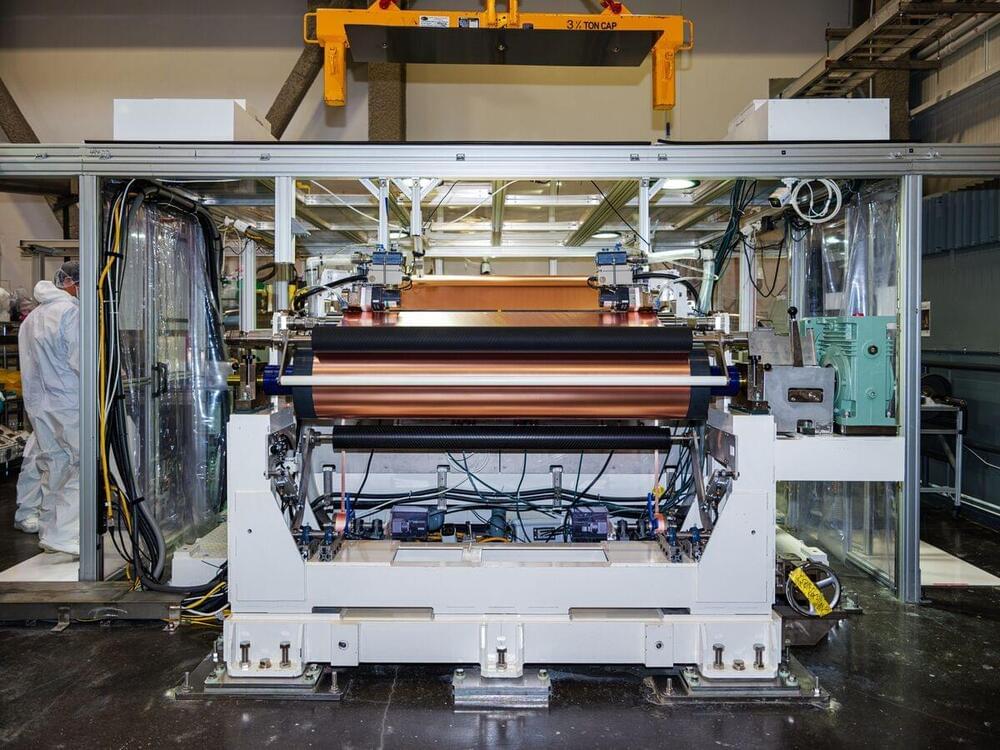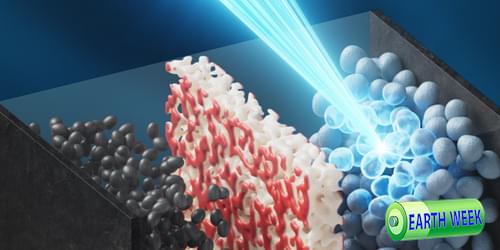NIMS has succeeded in simulating the magnetization reversal of Nd-Fe-B magnets using large-scale finite element models constructed based on tomographic data obtained by electron microscopy.
Such simulations have shed light on microstructural features that hinder the coercivity, which quantifies a magnet’s resistance to demagnetization in opposing magnetic fields. New tomography-based models are expected to guide toward the development of sustainable permanent magnets with ultimate performance.
Green power generation, electric transportation, and other high-tech industries rely heavily on high-performance permanent magnets, among which the Nd-Fe-B magnets are the strongest and most in demand. The coercivity of industrial Nd-Fe-B magnets is far below its physical limit up to now. To resolve this issue, micromagnetic simulations on realistic models of the magnets can be employed.









